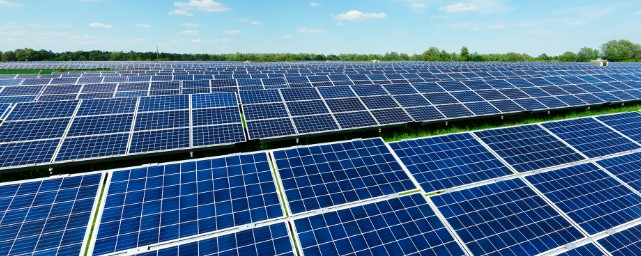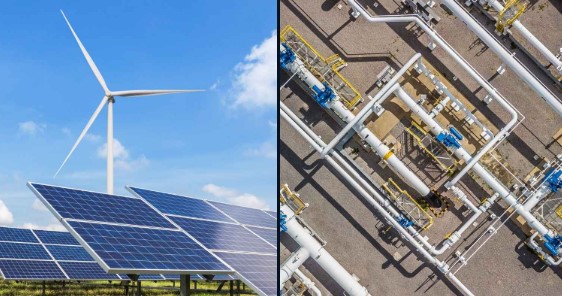Is Natural Gas a Renewable Energy Source?
In the global conversation about energy and the environment, one question often arises: Is natural gas a renewable energy source? While natural gas is frequently marketed as a “cleaner” alternative to coal or oil, it’s important to dig deeper into what makes an energy source renewable — and where natural gas truly stands.
This blog aims to clear up confusion by exploring what natural gas is, how it’s produced, its environmental impact, and whether it qualifies as a renewable energy source.
⚡ What is Natural Gas?
Natural gas is a fossil fuel primarily composed of methane (CH₄), a colorless and odorless gas. It’s formed over millions of years from the remains of ancient plants and animals buried deep beneath the Earth’s surface. Through heat and pressure, these remains transformed into hydrocarbons — including oil, coal, and natural gas.
🧪 How is Natural Gas Used?
Natural gas is widely used for:
- Electricity generation
- Heating homes and buildings
- Industrial manufacturing
- Fuel for vehicles (compressed natural gas or CNG)
It’s popular because it burns more cleanly than coal or oil, producing fewer pollutants and carbon dioxide (CO₂).
🌱 Is Natural Gas Renewable?
The short answer is: No, natural gas is not a renewable energy source.
Here’s why:
✅ To Be Renewable, an Energy Source Must:
- Replenish naturally and quickly
- Not run out over time
- Have minimal environmental impact during use and production
❌ Natural Gas Fails These Criteria:
- Non-renewable origin: It takes millions of years to form, and once extracted, it’s gone.
- Finite resource: We are depleting known natural gas reserves with no way to quickly replenish them.
- Environmental damage: Extraction methods like fracking can harm ecosystems, and burning natural gas still releases CO₂, a greenhouse gas.
🌎 Is Natural Gas Cleaner Than Other Fossil Fuels?
Yes, but that doesn’t make it clean or renewable.
| Fuel Type | CO₂ Emissions (per unit energy) | Cleanliness |
|---|---|---|
| Coal | High | Dirty |
| Oil | Moderate | Moderate |
| Natural Gas | Lower than coal/oil | Cleaner, but not clean |
| Solar/Wind | Near-zero | Clean & renewable |

Natural gas emits about 50–60% less CO₂ than coal when used to generate electricity, which is why it’s often called a “bridge fuel” — a temporary solution while we transition to truly renewable sources.
What About “Renewable Natural Gas” (RNG)?
There’s a bit of nuance here.
Renewable Natural Gas (RNG), also called biomethane, is produced from organic waste (like food scraps, manure, and sewage). It mimics conventional natural gas in structure and can be used the same way.
RNG is renewable — but it only accounts for a tiny fraction of the total natural gas supply.
So, while some natural gas can be renewable, the vast majority is not.
Environmental Impact of Natural Gas
- Methane Leaks: Methane is over 80 times more potent than CO₂ at trapping heat in the atmosphere.
- Fracking Hazards: Hydraulic fracturing (fracking) can contaminate groundwater, trigger earthquakes, and degrade landscapes.
- Still a Carbon Source: While cleaner than coal, burning natural gas still contributes to global warming.
✅ Renewable Alternatives to Natural Gas
- Solar energy
- Wind power
- Hydropower
- Geothermal energy
- Biogas and Biomass
These options don’t run out, don’t pollute the air with greenhouse gases, and are increasingly affordable thanks to technology improvements.
Conclusion: Natural Gas is Not Renewable
Natural gas may be cleaner than other fossil fuels, but it’s still non-renewable, carbon-emitting, and ultimately unsustainable in the long term. As the world shifts toward a low-carbon future, investing in true renewable energy sources like solar, wind, and hydro is the only way forward.
Final Thought
Natural gas might be part of today’s energy mix, but it shouldn’t be the energy of tomorrow.
Would you like a simplified version of this blog for younger readers or a short video script based on it?
